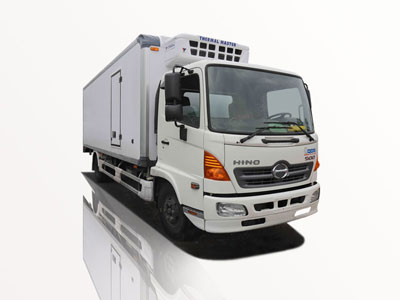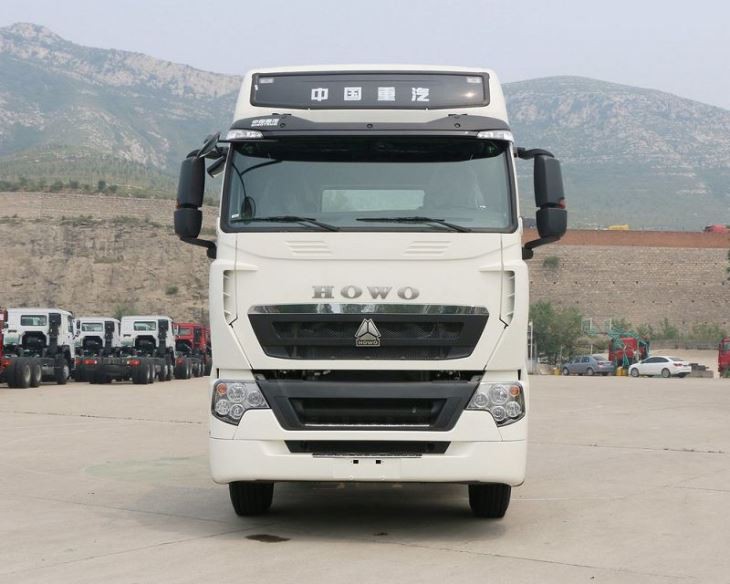Logging trucks with grapples are essential tools in the forestry industry. They are designed to transport logs from the forest to processing facilities efficiently and safely. With their specialized grapple attachments, these trucks can handle heavy loads and rough terrain, making them indispensable for lumber companies. In this article, we will explore the various aspects of logging trucks with grapples, including their features, types, operations, and tips for optimal use.
What is a Logging Truck with Grapple?
A logging truck with a grapple is a heavy-duty vehicle equipped with a hydraulic grapple attachment. The grapple is a claw-like device that can grasp and move logs securely. This combination allows logging companies to transport larger quantities of timber in a single trip, which improves efficiency in logging operations.
Key Components of a Logging Truck with Grapple
- Chassis: The base of the truck that supports all other components.
- Grapple: The hydraulic or mechanical device used to grasp logs.
- Flatbed or Logging Body: The platform where logs are loaded for transportation.
- Hydraulic System: Powers the movement of the grapples and other hydraulic components.
- Engine: The power source for the truck and its capabilities.
The Importance of Grapple Trucks in Logging
Logging operations can be demanding and physically challenging. Grapple trucks provide several advantages that enhance productivity and safety:
Increased Efficiency
Grapple trucks can load and unload logs quickly, reducing the time spent on-site. This efficiency can lead to significant cost savings for logging companies.
Enhanced Safety
The use of grapples minimizes manual handling of heavy logs, reducing the risk of injuries among workers. It ensures that heavy loads are moved securely and reliably.
Versatility in Terrain
Many logging trucks with grapples are designed to operate in challenging terrains. They can navigate through rough and uneven surfaces, making them suitable for various logging environments.
Types of Grapple Attachments
Different logging operations may require specific types of grapples. Here are some common types:
Single-Tine Grapples
These grapples have a single claw that opens and closes to grasp logs. They are generally used for smaller logs or for logs that require precision handling.
Multi-Tine Grapples
Multi-tine grapples have three or more claws and can grasp larger bundles of logs. They are perfect for heavy-duty operations and larger logs.
Rotating Grapples
These grapples can rotate, providing added flexibility in positioning the logs for loading or unloading. They are particularly useful when maneuvering logs into tight spaces.
Selecting the Right Logging Truck with Grapple
Choosing the correct logging truck involves several considerations:
Weight Capacity
Evaluate the truck’s weight capacity. Ensure it can handle the types and sizes of logs you will be transporting.
Operating Environment
Consider the terrain in which the truck will operate. Some trucks are better suited for rugged environments than others.
Attachment Compatibility
Ensure that the grapple is compatible with the truck’s specifications and can be easily attached or detached when required.
Manufacturer Recommendations
Always check with manufacturers and experts about the best practices for selecting a logging truck with a grapple. They can provide insights based on practical experiences.
Operational Best Practices
To optimize the use of a logging truck with grapple, follow these best practices:
Pre-Operation Inspections
Before any operation, conduct thorough inspections of the truck and grapple. Check for wear and tear, and ensure hydraulic systems are functioning correctly.
Training and Safety Protocols
Operators should undergo training to understand how to use the grapple effectively. Safety protocols must be observed to prevent accidents.
Efficient Loading Techniques
When loading logs, use proper techniques to ensure balance and security. Stacking logs correctly prevents shifting during transportation.
Practical Examples of Logging Truck Operations
| Scenario | Type of Grapple | Best Practices |
|---|---|---|
| Transporting Small Logs | Single-Tine Grapple | Use precision handling techniques to avoid damaging the logs. |
| Transporting Large Logs | Multi-Tine Grapple | Ensure proper weight distribution; use a spotter if necessary. |
| Working in Rough Terrain | Rotating Grapple | Identify clear paths and avoid obstacles when maneuvering. |
Maintenance Tips for Logging Trucks with Grapples
Regular maintenance is crucial for the longevity and performance of logging trucks with grapples:
Hydraulic System Maintenance
Regularly check and replace hydraulic fluid. Ensure there are no leaks in the hydraulic lines, as this can affect the functioning of the grapple.
General Wear and Tear
Inspect for wear on the grapple’s claws and replace them when necessary. A worn grapple can reduce efficiency and increase the risk of accidents.
Regular Cleaning
Keep the truck and grapple clean to prevent rust and deterioration. Clean any debris that can obstruct operations.
Cost Considerations
Investing in a logging truck with grapple can be substantial. Costs can vary based on several factors:
Initial Purchase Price
The price of a new logging truck with grapple can range significantly based on brand, features, and specifications.
Operational Costs
Consider ongoing expenses, including fuel, maintenance, insurance, and personnel costs.
Long-term Return on Investment
Analyze how the investment in a logging truck can pay off through efficiency, safety improvements, and increased productivity.
Frequently Asked Questions (FAQ)
What is the average lifespan of a logging truck with a grapple?
The lifespan can vary but typically ranges from 10 to 20 years, depending on usage, maintenance, and operating conditions.
Can I retrofit a grapple onto my existing logging truck?
Yes, retrofitting is possible. However, ensure compatibility and consult a professional to assess necessary modifications.
What are the safety precautions when operating a logging truck with a grapple?
Follow all manufacturer guidelines, ensure the driver is trained, and wear appropriate protective equipment while operating the truck.
How can I increase the efficiency of my logging truck operations?
Regular maintenance, trained operators, and optimized loading techniques can all contribute to increasing operational efficiency.
Are there regulations governing the use of logging trucks?
Yes, regulations can vary by region. It’s important to familiarize yourself with local laws regarding transport, weight limits, and safety protocols.
What type of fuel do logging trucks use?
Most logging trucks are diesel-powered due to the engine’s efficiency and robustness suitable for heavy-duty operations.



